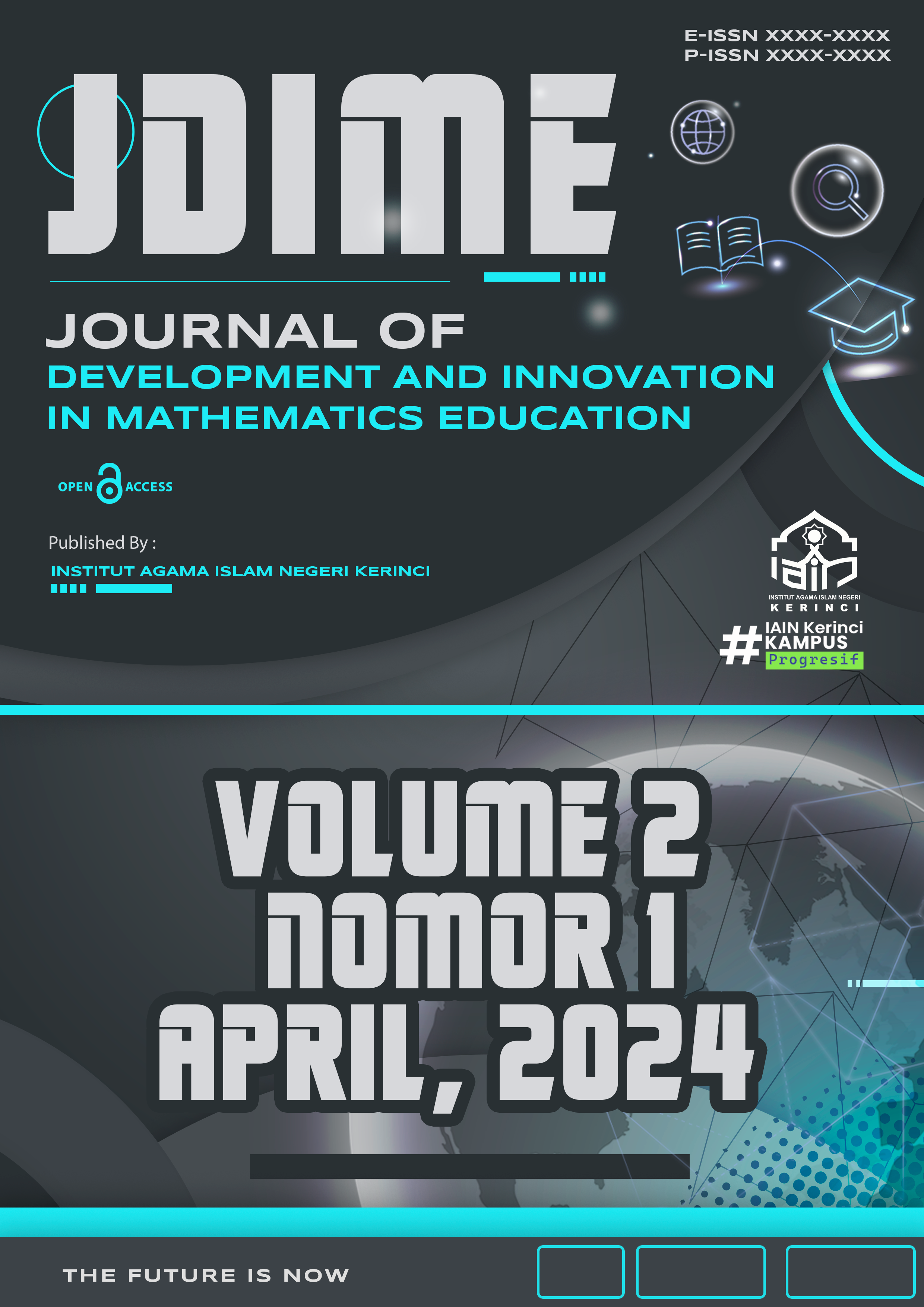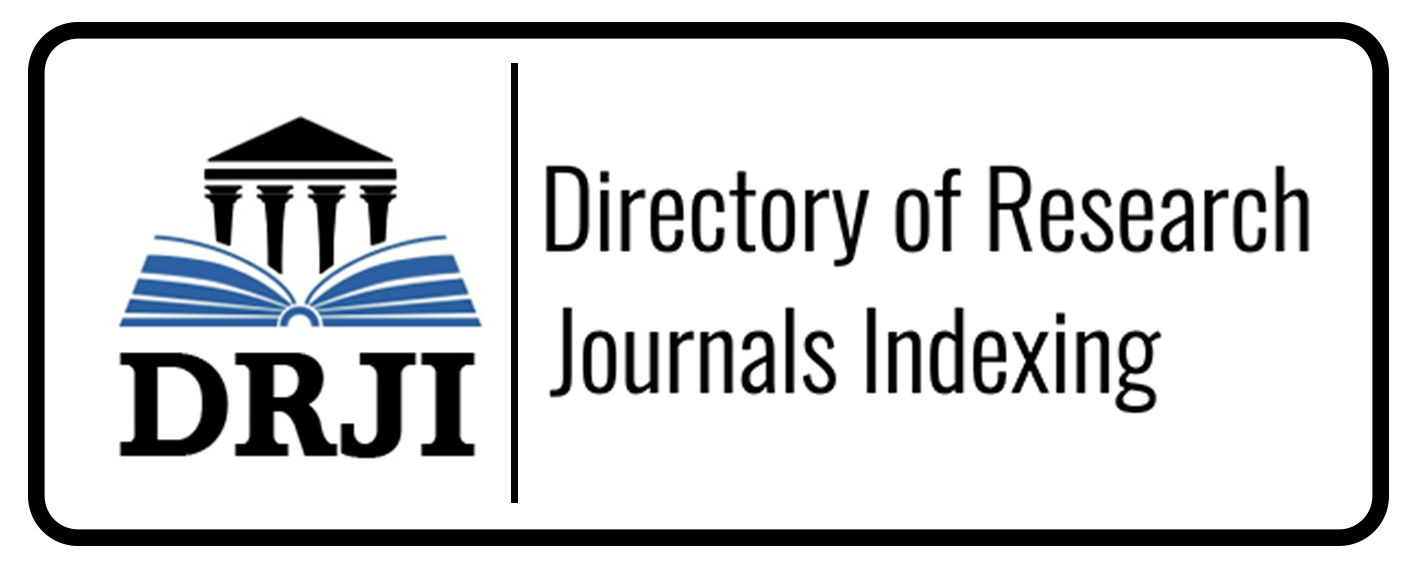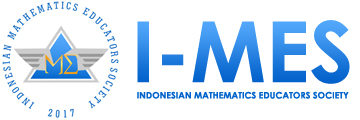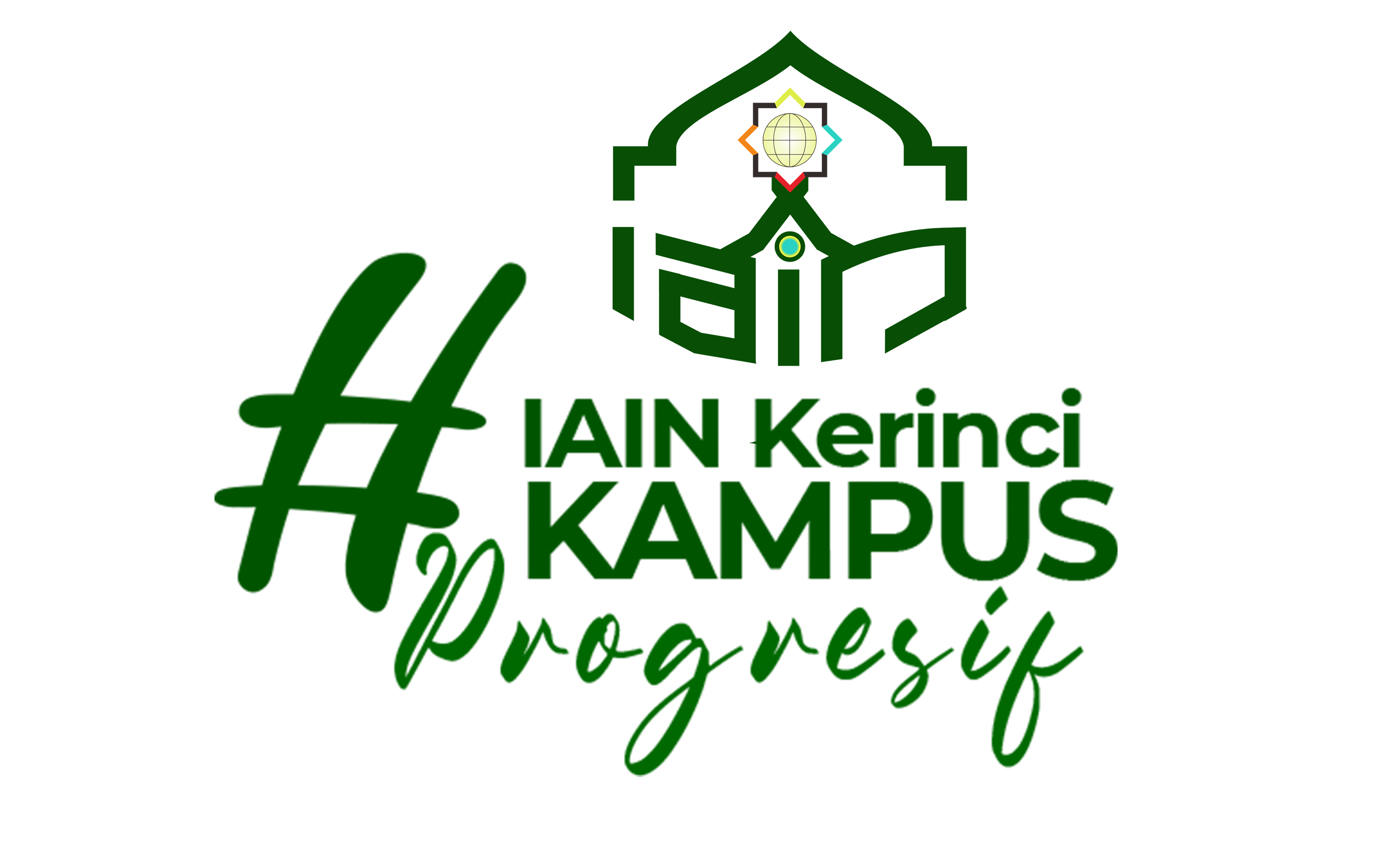Development of Web-Based Learning Media Using Google Sites for Lines and Angles
Abstract
This study is motivated by the low understanding of students regarding the topics of lines and angles in mathematics, which is attributed to the lack of interactive and engaging learning media. The objective of this research is to develop a web-based learning media using Google Sites to enhance students' comprehension of these topics. The type of research conducted is Research and Development (R&D), adapted from the Borg & Gall model. The instruments used include achievement tests, interviews, and observations. The data analysis techniques employed are descriptive and inferential analysis for quantitative data and thematic analysis for qualitative data. The research results indicate that the web-based learning media developed using Google Sites is effective in improving students' understanding and motivation in learning. In conclusion, this media not only enhances learning outcomes but also increases student participation in the learning process. The implications of these findings suggest that the integration of web-based technology in mathematics education can enhance educational quality. However, the study's limitations include a restricted and specific sample, thus further research with larger and more diverse samples and application to other subjects is recommended.
Downloads
References
Al-Emran, M., Elsherif, H. M., & Shaalan, K. (2016). Investigating attitudes towards the use of mobile learning in higher education. Computers in Human Behavior, 56, 93-102. https://doi.org/10.1016/j.chb.2015.11.033.
Al-Emran, M., Elsherif, H. M., & Shaalan, K. (2016). Investigating attitudes towards the use of mobile learning in higher education. Computers in Human Behavior, 56, 93-102. https://doi.org/10.1016/j.chb.2015.11.033.
Chang, C., Liang, C., & Tseng, J. (2013). Using Web-based tools and technologies to support interactive teaching and learning. Educational Technology & Society, 16(2), 168-179.
Dabbagh, N., & Kitsantas, A. (2012). Personal Learning Environments, social media, and self-regulated learning: A natural formula for connecting formal and informal learning. The Internet and Higher Education, 15(1), 3-8. https://doi.org/10.1016/j.iheduc.2011.06.002.
Deci, E. L., & Ryan, R. M. (2000). The "what" and "why" of goal pursuits: Human needs and the self-determination of behavior. Psychological Inquiry, 11(4), 227-268. https://doi.org/10.1207/S15327965PLI1104_01.
Hamari, J., Koivisto, J., & Sarsa, H. (2014). Does gamification work? A literature review of empirical studies on gamification. Proceedings of the 47th Hawaii International Conference on System Sciences, 3025-3034. https://doi.org/10.1109/HICSS.2014.377.
Handican, R., & Nasution, E. Y. P. (2023). Instructional Edutainment Media" Number Game" Based on Mobile Technology to Improve Mathematical Conceptual Understanding. Jurnal Edutech Undiksha, 11(1), 119-127.
Hwang, G. J., Lai, C. L., & Wang, S. Y. (2015). Seamless flipped learning: A mobile technology-enhanced flipped classroom with effective learning strategies. Journal of Computers in Education, 2(4), 449-473. https://doi.org/10.1007/s40692-015-0043-0.
Johnson, L., Adams Becker, S., Estrada, V., & Freeman, A. (2014). NMC Horizon Report: 2014 Higher Education Edition. Austin, TX: The New Media Consortium.
Jonassen, D. H. (2000). Computers as Mindtools for Schools: Engaging Critical Thinking (2nd ed.). Columbus, OH: Merrill/Prentice Hall.
Kay, R. H., & LeSage, A. (2009). Examining the benefits and challenges of using audience response systems: A review of the literature. Computers & Education, 53(3), 819-827. https://doi.org/10.1016/j.compedu.2009.05.001.
Lai, C. L., Hwang, G. J., & Tu, Y. H. (2016). The effects of computer-supported self-regulated learning on learning mathematics in a flipped classroom: A case study of middle school students. Interactive Learning Environments, 24(6), 1017-1036. https://doi.org/10.1080/10494820.2014.964486.
Lee, M. K., & Lee, S. H. (2014). Effects of digital textbook use on students' self-regulated learning strategies and academic achievement. Educational Technology Research and Development, 62(6), 661-674. https://doi.org/10.1007/s11423-014-9355-2.
Mishra, P., & Koehler, M. J. (2006). Technological pedagogical content knowledge: A framework for teacher knowledge. Teachers College Record, 108(6), 1017-1054. https://doi.org/10.1111/j.1467-9620.2006.00684.x.
Piaget, J. (1970). Science of Education and the Psychology of the Child. New York: Orion Press.
Prastowo, A. (2018). Pengembangan Bahan Ajar Tematik: Tinjauan Teoritis dan Praktis. Jakarta: Kencana.
Roschelle, J., Feng, M., Murphy, R., & Mason, C. A. (2016). Online mathematics homework increases student achievement. AERA Open, 2(4), 1-12. https://doi.org/10.1177/2332858416673968.
Selwyn, N. (2012). Social Media in Higher Education. In A. D. T. Hugh & M. M. B. Mundy (Eds.), The SAGE Handbook of Digital Technology Research (pp. 157-169). London: SAGE Publications Ltd.
Voogt, J., Knezek, G., Cox, M., Knezek, D., & ten Brummelhuis, A. (2015). Under which conditions does ICT have a positive effect on teaching and learning? A Call to action. Journal of Computer Assisted Learning, 31(5), 425-441. https://doi.org/10.1111/jcal.12126.
Vygotsky, L. S. (1978). Mind in Society: The Development of Higher Psychological Processes. Cambridge, MA: Harvard University Press.
Wang, S., & Hwang, G. J. (2012). The role of collective efficacy, cognitive quality, and task cohesion in computer-supported collaborative learning (CSCL). Computers & Education, 58(2), 810-820. https://doi.org/10.1016/j.compedu.2011.10.017.
Copyright (c) 2024 Adek Nilasari Harahap, Nurdalilah Nurdalilah, Susi Sulastri Lubis

This work is licensed under a Creative Commons Attribution 4.0 International License.



























 JDIME: Journal of Development and Innovation in Mathematics Education (e-ISSN
JDIME: Journal of Development and Innovation in Mathematics Education (e-ISSN 
